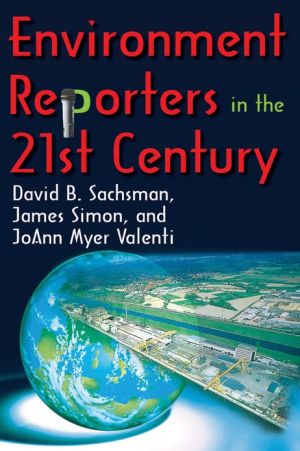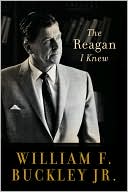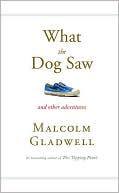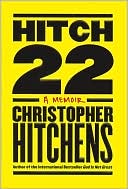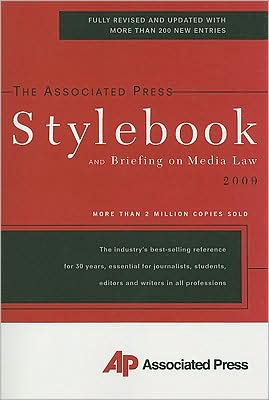Environment Reporters in the 21st Century
Environment Reporters in the 21st Century is the story of specialized journalists who, because of their expertise, their experience, or their willingness, regularly write about environmental issues. This is the story of a relatively new journalistic beat, one that developed during the lifetime of the authors. This book provides a view of American journalism in the first decade of the new century, when newspapers and television were the major source of news in America.\ The authors have...
Search in google:
Environment Reporters in the 21st Century is the story of specialized journalists who, because of their expertise, their experience, or their willingness, regularly write about environmental issues. This is the story of a relatively new journalistic beat, one that developed during the lifetime of the authors. This book provides a view of American journalism in the first decade of the new century, when newspapers and television were the major source of news in America.The authors have divided the work into three parts. The first, Environment Reporting, includes a review of the literature and a detailed explanation of the methodology of the current study. Part II, The Environment Reporters of the 21st Century, describes the results of the present research. Part III, The Craft: Telling the Environment Story, provides in-depth accounts of environment reporters at work. Was the first decade of the 21st century a golden age of environmental reporting? The final chapter puts this research in historical perspective, viewing it in terms of the economic decline of the newspaper business and of local television news.Environment reporters and their sources are eager to get news out, but not always in the same way, or at the same time. There is a constant struggle among the thousands of environmental activists, corporate public relations people, government officials, and scientists to frame the message in a way that is advantageous to their point of view. This has been called the great ecological communication war, the war between conflicting public relations forces to influence public policy. These competing interests need to understand how journalists think and function. This volume tells the story of environmental reporting imaginatively and innovatively.
Foreword Bud Ward Ward, BudPrefaceAcknowledgmentsPart I Environment Reporting1 The Environment Beat 32 Studying Specialized Environment Reporters 37Part II The Environment Reporters of the 21st Century3 The Environment Reporters 534 The Work Environment 735 Covering the Environment 936 Wrestling with Objectivity and Fairness 115Part III The Craft: Telling the Environment Story7 On the Beat: Environment Reporters at Work 1458 Environment Reporters in a Time of Change 179Appendix A The Survey 195Appendix B Sources Used by Environment Reporters 219Appendix C Three Factors in Environmental Reporter Analysis:Objective/Fair Reporters, Workplace Critics, and Advocates/Civic Journalists 227Index 229
\ From the Publisher". . .a broad, insightful history of environmental reporting and a case study of two environmental stories from conception to publication. The hard truth that shapes the book is that though it is becoming more important for citizens to understand environmental issues, the decline of newspapers and of television news limits the resources available for covering those issues. How the environment will be covered in the Internet age is a question for the next study." —C. A. Bily, Choice “More than sixty years after Kreighbaum, the research team of David Sachsman, James Simon, and JoAnn Valenti performed a similar valuable service for journalism. . . . Their answers will become an important part of the historical record in our understanding of American journalism. As the country attempts to inform itself about huge environmental stories, such as the BP oil spill, their results are informative. . . . This is perhaps one of their most significant findings: modern journalists share many characteristics except additional education in the sciences. . . . As the media industry in general, and environmental journalism in particular, undergoes perhaps its most significant moment of convulsive change since the era of the printing press, these two books offer an important snapshot in time that will prove valuable to those who attempt to understand what happened and why.” —Mark Neuzil, Journalism History\ \
